I made my first pinhole camera in a high school photography class. It was made out of a small cardboard box and some photo paper. Things have changed since then. New technology has emerged, and now companies like Lensbaby offer creative lenses and optics, like the Composer shown below, to make these techniques more accessible to digital photographers.
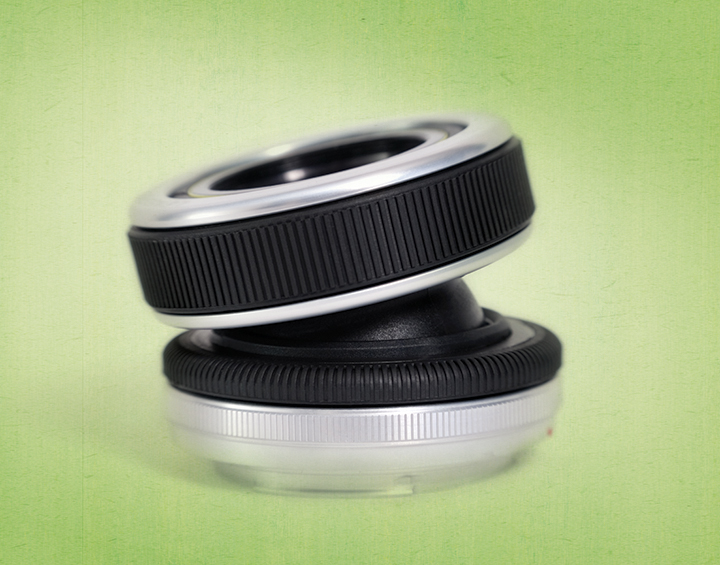
So, what is a pinhole camera anyway? Simply put, it’s a box with a very small aperture for light to pass through. Pinhole photography dates back to the mid 19th century, around the time photography itself was in its infancy. The pinhole camera gives you the ability to capture unlimited depth of field in a photograph, while creating a very distinct look.
Although, maybe it’s a dreamy glowing quality in a photograph that you’re wanting to capture? Then zone plate photography is for you! There’s no editing needed to create a soft-focus. It’s all done through the zone plate technology. Unlike conventional lenses, zone plates use diffraction instead of reflection. But you don’t need to know the intricacies of how it all works to enjoy this type of photography.
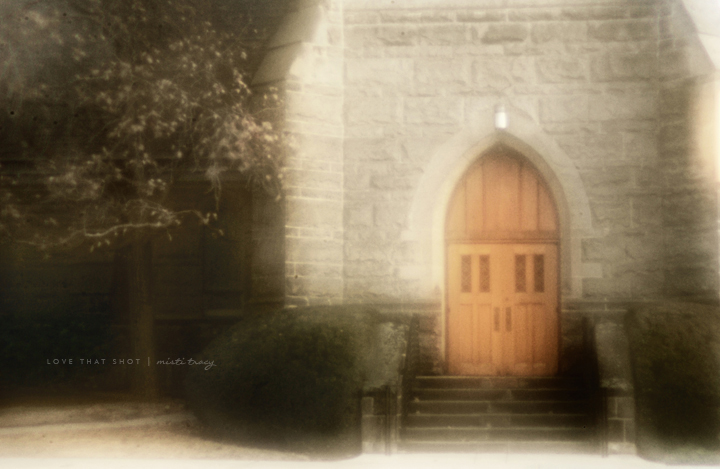
Disclosure: This post may contain affiliate links where we earn a small commission at no additional cost to you. We only feature products we use and would recommend to our friends.
Lensbaby has made it easy for you with the Pinhole/Zone Plate optic. All you need is a Lensbaby lens to slip your optic into, and you’re set. For these photos, I used the Composer, which is for most users an easier-to-learn lens. Although the Composer can be turned or bent in many directions, the Pinhole/Zone Plate optic works best when the Composer is in the center position. Set your camera to Manual mode. By using the Pinhole/Zone Plate optic, you won’t need to worry about setting the f-stop. It will be either f/19 if you’re using zone plate, or f/177 if you’re using pinhole. This means you will either be adjusting ISO or Shutter Speed to control the light. The light meter on some camera brands will not work with these types of lenses. I shoot with a Nikon, and the light meter does not work. Don’t let this deter you though. There’s always a work-around…become a chimper! Take a test shot to judge exposure. Then use the LCD screen on the back of the camera in combination with the histogram to adjust the exposure. You may notice that with these small apertures, using a tripod will be beneficial in most instances.
Want to create the classic Lensbaby look? Just swap out the Pinhole/Zone Plate optic for a curved plate optic, such as the Double Glass Optic (which comes installed with the Composer). Tilt or bend it to move the sweet spot within your photo frame, creating selective focus effects like this…

There is a lot of trial and error involved when learning this type of photography. So if you’re just starting out, you may want to take time to really familiarize yourself with Manual shooting before jumping in. But when you do, get ready, because you’re going to have a ton of fun!
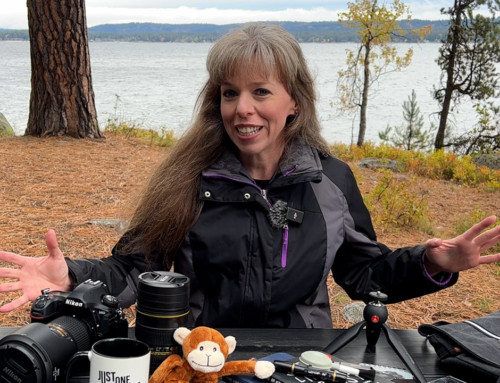
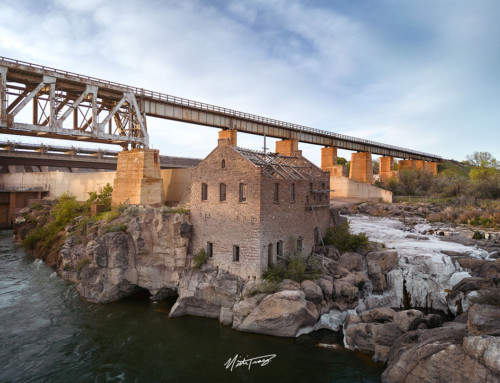
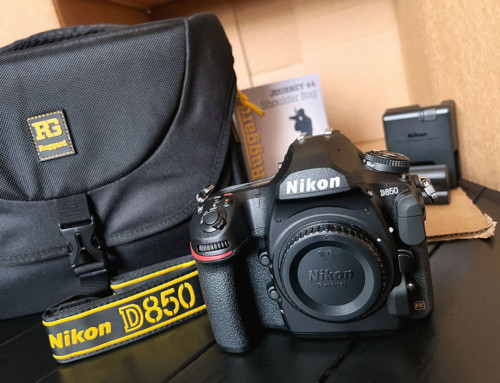

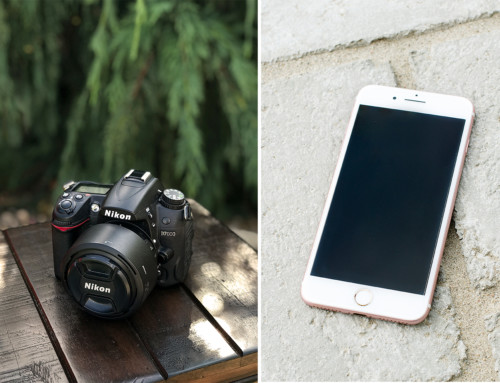
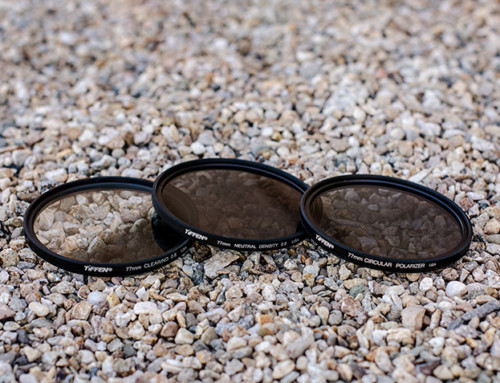
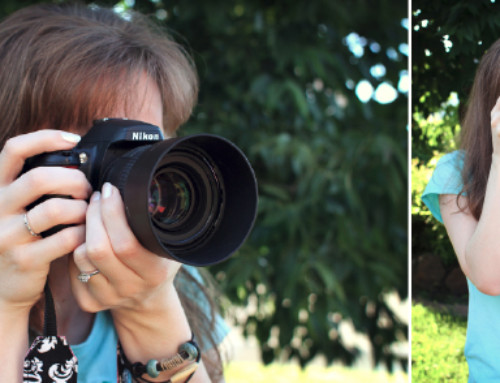
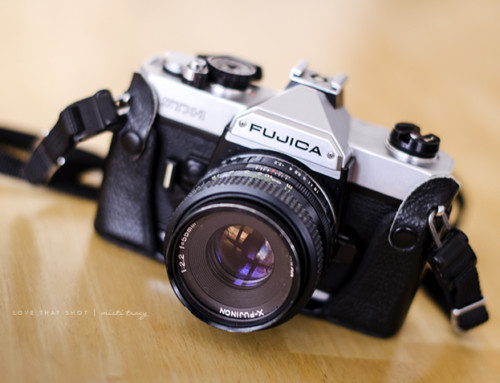
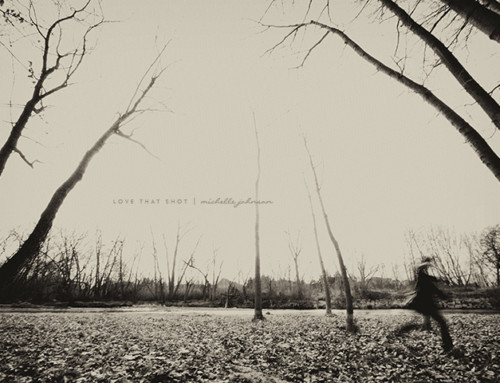
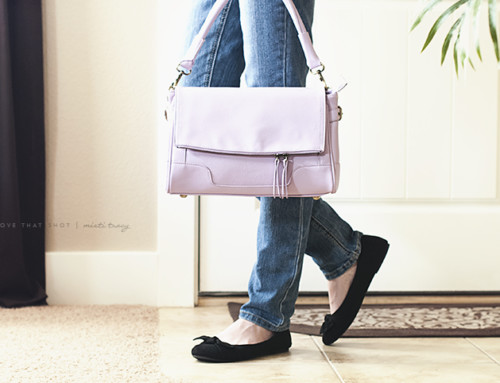
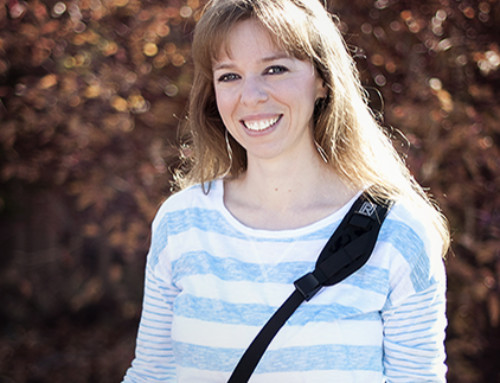
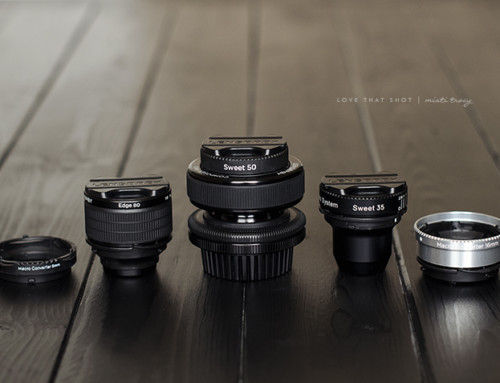


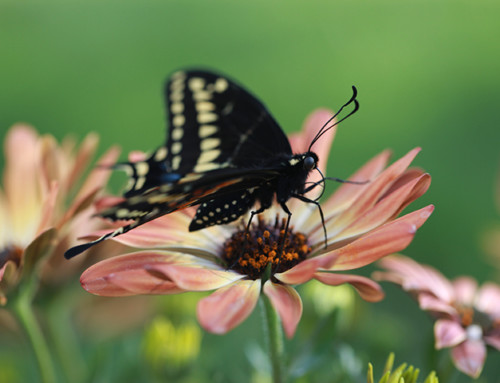
Leave A Comment